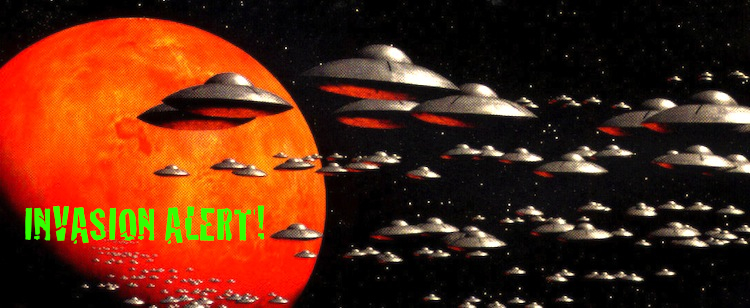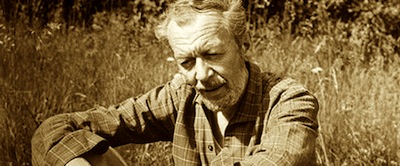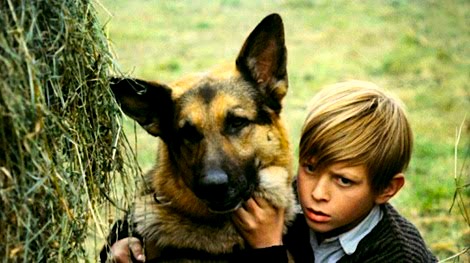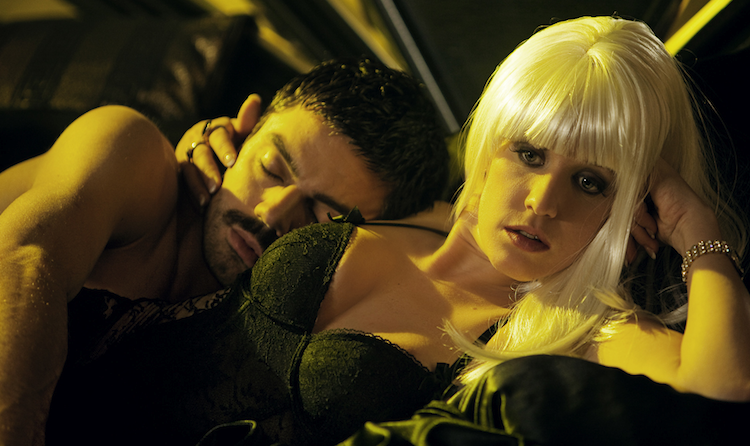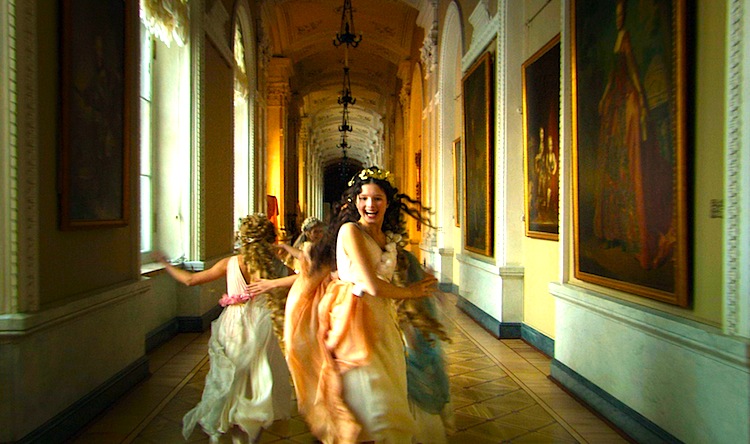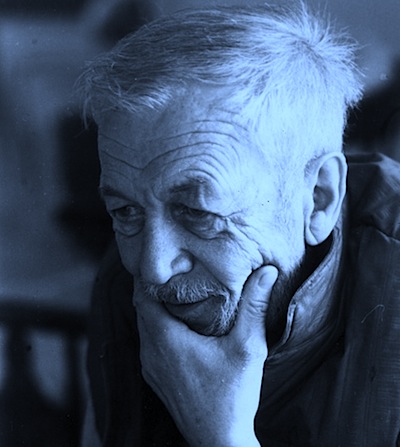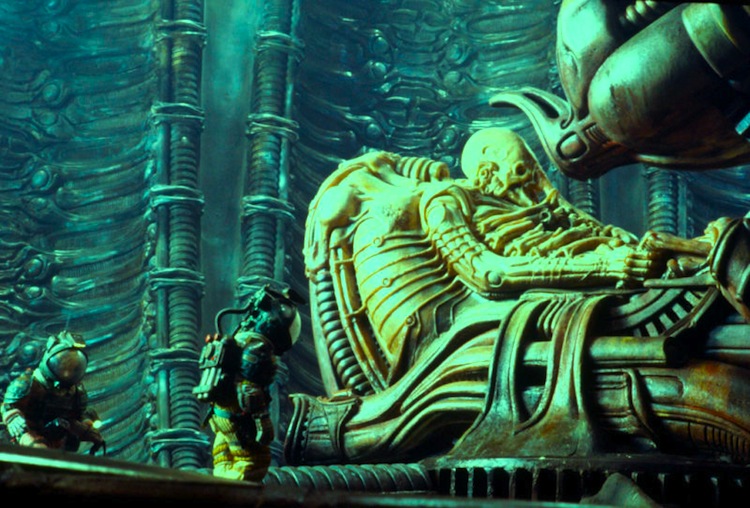
By Jason Apuzzo. • The big news since our last Invasion Alert! was the announcement by Fox of Ridley Scott’s Prometheus, a semi-prequel to Alien, Scott’s classic sci-fi horror thriller from 1979. As predicted here for many months, Noomi Replace has been tapped by Scott as the lead for this long-rumored project, with Angelina Jolie And Charlize Theron reportedly circling other roles. Also: Michael Fassbender was recently added to the cast, apparently to play an android. And, despite Scott’s coy public statements, early indications are that this film will, indeed, serve as a prequel to Alien – and that we may actually get two films following this new Prometheus storyline, as well.
So what is the Prometheus storyline? Lips are officially sealed but some interesting plot details have leaked … [SPOILER ALERT] suggesting that the story involves the discovery on Earth of alien DNA at a desert archaeological dig, followed by the lead characters’ jetting off to the original alien homeworld – a setting we haven’t set yet in the Alien series. (There’s already a lot of online chatter that Scott intends to shoot the film’s archaeological dig in Morocco.)
The word for years has been that Scott wanted to do a prequel to Alien that would tell the story of the non-human ‘space jockey’ from the first film (seen above), the fossilized/mummified creature in whose ship the alien eggs were initially found. I listened to Ridley Scott’s DVD commentary on Alien recently, in which he basically sketched out his conception of the Alien backstory: namely, that the race of ‘space jockeys’ were originally using the alien creatures as a kind of bio-mechanoid weapon to terra-form planets, prior to the creatures breaking loose in the ‘space jockey’ ship – the ship eventually discovered by the crew of the Nostromo. Of course, James Cameron later riffed off this theme of ‘military exploitation’ of the alien creatures in Aliens, and it’s easy to imagine Scott returning to this theme for Prometheus; the film’s title itself suggests the use of ‘forbidden’ technology, which the aliens would certainly represent. [END OF SPOILERS.]
We’ll be keeping a close eye on all this. My sense is that Scott was kicked in the pants to do this film by the success of Avatar; I doubt he wants to go down as second fiddle to Cameron – and, frankly, he shouldn’t. Suffice it say that although Scott has gone a bit daft in recent years, and become more aggressively left-wing, he remains one of sci-fi’s greatest filmmakers – and it’s exciting to consider what his return to this genre may hold. Prometheus is set for a June 8, 2012 release.
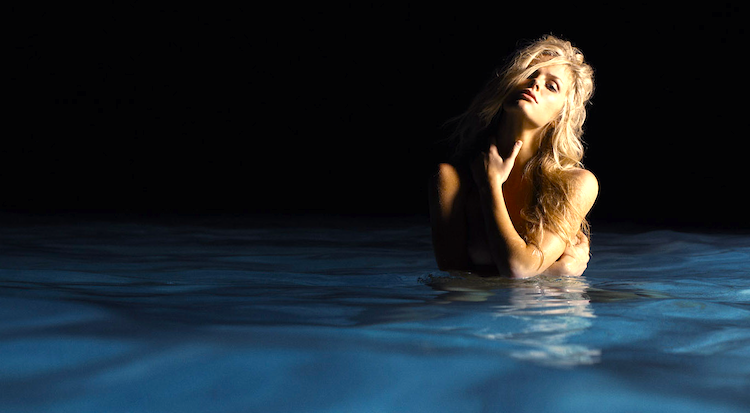
• Speaking of James Cameron, he recently committed to release dates in 2013 and 2014 for the Avatar sequels, and talked recently about some of the technical challenges he’s facing already on those films (such as underwater motion-capture, and the potential of filming in the Marianas Trench; he certainly doesn’t do anything the easy way, does he?) Also: Cameron claims that he still wants to do Battle Angel Alita, once he’s finally done with Avatar. We’ll see.
But that’s not all. Cameron also confirmed recently that Tom Cruise is interested in top-lining the epic alien invasion thriller At the Mountains of Madness (based on the Lovecraft novel) that he’s producing for Guillermo del Toro – although no deal is in place yet. (Del Toro also offers an update on that project here.)

• In the midst of her media blitz for Just Go With It, Brooklyn Decker recently talked with MTV about her forthcoming, $200 million alien invasion thriller from director Peter Berg, Battleship. You can check that interview out here. I can’t quite remember what she said, but I know she looked good saying it.
• Battle: Los Angeles is approaching. Images of the invading aliens have been leaked, plus new set photos, interviews and an on-set video blog are now available. I was initially quite enthusiastic about this film, but that’s cooled somewhat. We’ll see.
• Can you believe it? Some 25 years after it’s initial publication, Orson Scott Card’s alien invasion thriller Ender’s Game is now the hottest property being shopped around Hollywood (Card is a right-winger; did you know that?); although, of course, 25 years is nothing compared to the almost 100 years since Edgar Rice Burroughs’ John Carter of Mars was published, and Pixar’s Andrew Stanton (WALL•E) offers an update on Disney’s live action adaptation of that novel here; John Carter of Mars is currently set for a March 9th, 2012 release.
• And guess who else is headed to Mars … Sinbad! No kidding, Charles Schneer’s son Barry wants to bring the Sinbad: Rogue of Mars comic to the screen in 2012 as a belated sequel to the wonderful Sinbad movies his father did years ago with Ray Harryhausen.

• Sinbad may not only be running in to John Carter up there on Mars, of course, but also Alexandre Aja’s Cobra the Space Pirate, another comic book/manga hero whom Aja (Piranha 3D) is planning to bring to the big screen soon, as well; Aja talked recently about that project here.
• On the Classic Alien Invasion Front: The New York Times reviews the latest triple-feature DVD release of Roger Corman’s Not of This Earth, War of the Satellites and Attack of the Crab Monsters; and we otherwise want to wish the great Zsa Zsa Gabor the best, as the star of the 1958 cult classic Queen of Outer Space continues to undergo more medical difficulties.
• In other Sci-Fi News & Notes: Director Gareth Edwards talks about the Godzilla reboot today; Matt Reeves And J.J. Abrams apparently haven’t found the right concept yet for Cloverfield 2; the J.J. Abrams/Steven Spielberg Super 8 will have a Super Bowl ad (along with Transformers 3 and Cowboys & Aliens); Spielberg’s forthcoming Terra Nova TV series continues to raise eyebrows, primarily due to its cost; Westworld is being re-booted (?!); Sony will be releasing Neill Blomkamp’s Elysium; V-babe Laura Vandervoort has a new interview out about the future of that series (which may not actually have a future, if its ratings continue to sag and its storyline irritates the fan base); and Liam Neeson will be returning to the Star Wars universe to voice Qui-Gon Jinn on The Clone Wars TV series.
• AND IN TODAY’S MOST IMPORTANT NEWS … Rosie Huntington-Whiteley of Michael Bay’s Transformers: Dark of the Moon just posed for the UK’s Vogue … and I’m suddenly not remembering Megan Fox any more, you know what I mean?
And that’s what’s happening today in Earth’s War on Alien Invaders!
Posted on February 4th, 2011 at 7:47pm.
